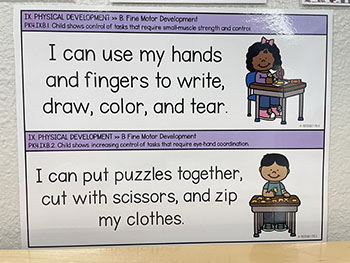Best Practices in ECE: Progress Monitoring
Developmentally appropriate practices are the cornerstone of quality early childhood education (ECE) classrooms. Ongoing progress monitoring supports these practices by enabling teachers to tailor instruction to each child's evolving abilities and needs. High-quality ECE programs utilize a variety of reliable and valid assessments on an ongoing basis to guide teaching practices and promote successful outcomes for all students.
When implementing progress monitoring, it is essential to consider key factors such as appropriate progress monitoring tools, scheduling, data collection and review processes, and the impact on instruction. Additionally, progress monitoring approaches should align with state requirements and best practices. The Early Childhood Data Collection Requirements webpage provides grade-level specific guidance on effective progress monitoring in ECE classrooms.
By regularly monitoring each child's development and learning, teachers can make timely adjustments that optimize instruction, facilitate growth, and help young students build critical competencies. Progress monitoring is therefore an integral component of developmentally appropriate ECE programs.
Note for emergent bilingual students: it is recommended that teachers use the evaluation data from the identification tool (currently pre-LAS and LAS) to get a proficiency baseline. That will guide teachers in determining linguistic accommodations that may be appropriate as they are measuring growth on language outcomes. LEAs can determine a plan to use the LAS at EOY to document linguistic growth. You can find more information on Pre-LAS (PK only) and LAS, such as teacher and parent resources on the LAS links website.



